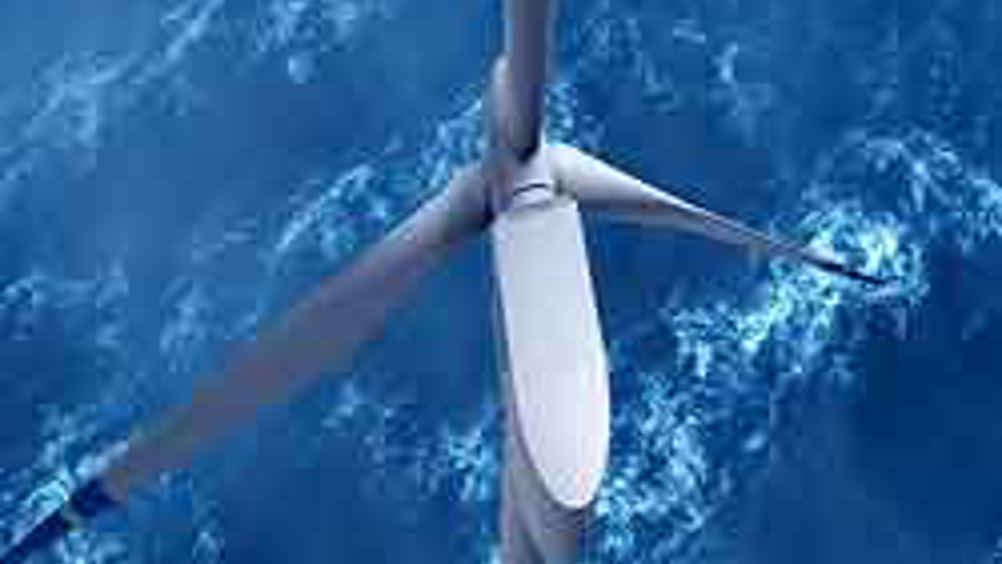Wind power prediction
GE Energy and WSI Corporation are joining forces to develop more accurate forecasting tools for wind farm owner/operators and transmission/distribution providers.

GE Energy and WSI Corporation are joining forces to develop more accurate forecasting tools for wind farm owners and operators, and transmission and distribution providers.
As part of the deal, the two companies will develop systems to collect real-time turbine and wind data, incorporate the data into proprietary forecast models, and provide customised forecast and operational guidance services.
The engineers at GE and WSI aren't the only ones working on the problem. Last month, The Engineer Online reported that a group of researchers from the University of Alcala (UAH) in Spain had devised a model that allows them to predict the wind speed at each turbine in a wind farm.
To do so, they built a neural network system that correlated data collected from turbines with data from the US National Centers for Environmental Prediction and the US National Center of Atmospheric Research.
One month earlier, Siemens Energy and Lawrence Livermore National Laboratory (LLNL) disclosed that they had teamed up in yet another effort to help operators and owners manage wind farms more efficiently.
Register now to continue reading
Thanks for visiting The Engineer. You’ve now reached your monthly limit of news stories. Register for free to unlock unlimited access to all of our news coverage, as well as premium content including opinion, in-depth features and special reports.
Benefits of registering
-
In-depth insights and coverage of key emerging trends
-
Unrestricted access to special reports throughout the year
-
Daily technology news delivered straight to your inbox










UK Enters ‘Golden Age of Nuclear’
The delay (nearly 8 years) in getting approval for the Rolls-Royce SMR is most worrying. Signifies a torpid and expensive system that is quite onerous...